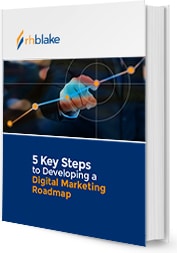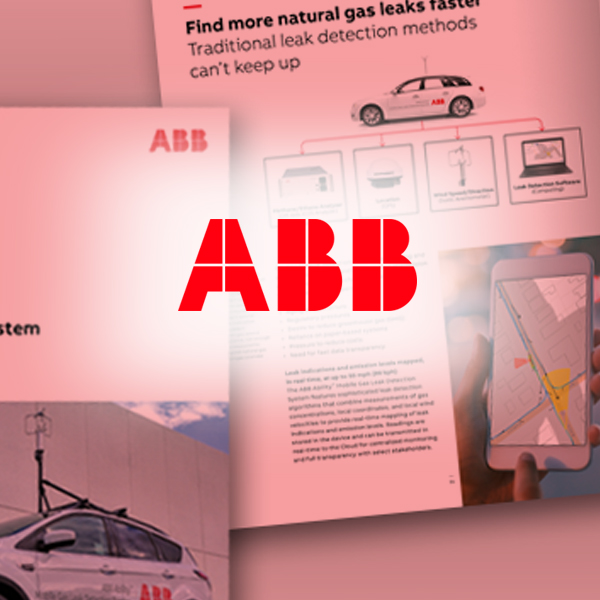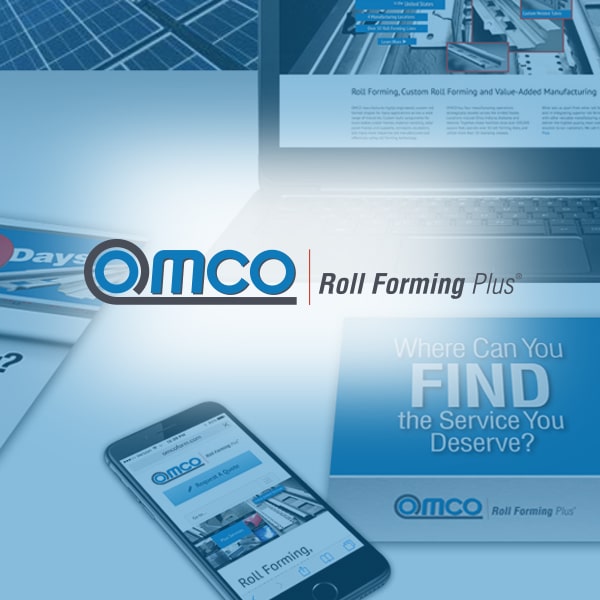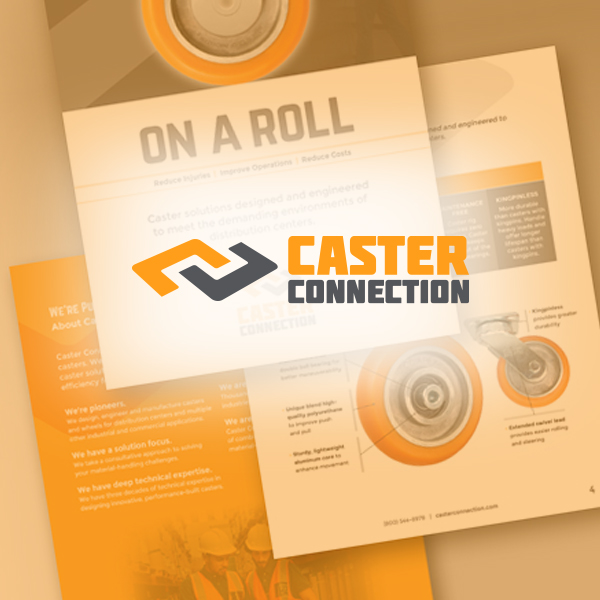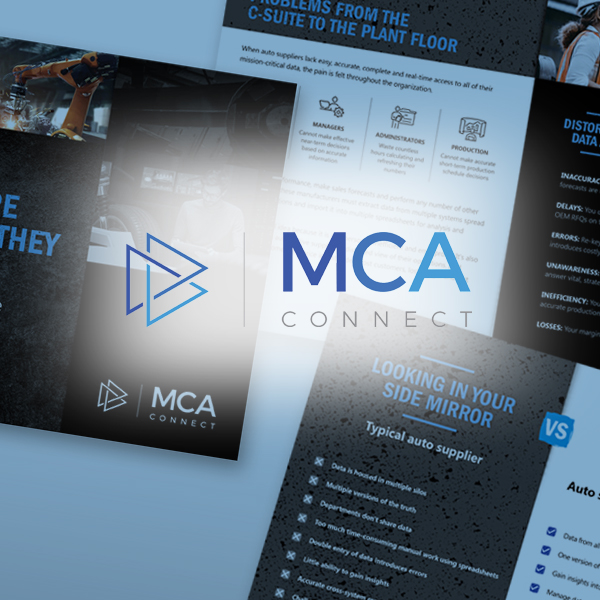As a marketer for a manufacturer or a technology firm that sells into manufacturing, you uniquely understand the challenges that come with driving quality leads.
How to Drive Growth with Existing Customers
As a marketer for a manufacturer or a technology firm that sells into manufacturing, you uniquely understand the challenges that come with driving quality leads.

One approach for generating new leads that frequently doesn’t get the resources and energy it deserves (because perhaps it’s not as novel or exciting) is customer marketing, where an organization focuses on existing relationships to drive growth. Here are some proven ways to increase revenue by meaningfully adding your existing customers into your marketing mix.
What Is Customer Marketing?
Customer marketing is a marketing strategy that targets existing customers rather than prospective customers. The primary goal of customer marketing is to promote additional offerings to an established customer base, but it is also a vital strategy for retaining customers, building customer loyalty, and turning customers into advocates.
Many studies over the years demonstrate that businesses spend up to 25 times more to attract a new customer than to keep an existing one. B2B marketers sometimes focus exclusively on capturing prospects and overlook the low-hanging fruit—the customers who are already in their database.
More Benefits of Customer Marketing
Engaging with your current customers can yield up to three times the annual value of other customers. While it is okay to create strategies to convert prospects, it is just as crucial to retain your existing ones. In addition, your likelihood of selling to existing customers is around 65%. But your likelihood of selling to new customers is less than 20%. Here are five more benefits of deploying a robust customer-marketing program.
Benefit 1: Increase Customer Engagement
There are various techniques for encouraging retention, but customer marketing is one of the most cost-effective options. After all, you already have the means to contact your current customers. Regular communication with your customers puts you at the forefront of their decision-making process, and strengthens your relationships. Providing them with educational materials and timely updates keeps them engaged with your brand and your industry solutions.
This practice also opens the door to repurchases and additional income from supplemental products. Once you earn a customer’s trust—and maintain that trust over time—they are more likely to continue doing business with your firm rather than looking for a new supplier.
Benefit 2: Increase Customer Retention
Giving your existing customers the VIP treatment makes them feel appreciated. Naturally, the better your relationships are with your customers, the more likely you are to build loyalty. Loyal customers can do wonders for any organization. They spend more on your products and services, recommend you to other buyers, and in other ways encourage prospects to consider your brand. Using the Pareto Principle, 80% of your revenue comes from only 20% of your buyers—the loyal ones. For this reason, you should always include them in your marketing efforts.
Benefit 3: Boost Revenue
Do you want to boost your revenue without spending all your budget on marketing? You can save a significant amount by reaching out to your existing clients.
With your marketing team, create exclusive upselling, cross-selling and bundling campaigns for your clients. Timely messages increase the likelihood of getting more purchases or upgrades.
If you are still on the fence about customer marketing, a survey shows that acquiring a new customer costs almost four times more than using upselling techniques. Do not be one of the many companies that spend all their precious resources on generating leads and nothing on engaging high-value clients. Remember, adding value for your clientele can drastically improve your sales.
Benefit 4: Improve Customer Lifetime Value
Customer lifetime value (CLV) measures a company’s potential total income from a typical client. To compute this value, follow this formula:
CLV = Customer Value x Average Customer Lifespan
This method lets you determine the group that contributes the most toward your revenue. Often, they are the most loyal customers with a low chance of switching to competitors.
Some of the country’s longest-running organizations take CLV to heart. If you want to join the big leagues, you should prioritize this metric, too. Instead of focusing only on attracting new customers, encourage more sales from customers and keep them on your list of active buyers for as long as possible.
Benefit 5: Enhance Acquisition Efforts
Another reason to practice customer marketing is that it has the power to influence prospective clients. After all, satisfied customers will not hesitate to share their stories about their experience with your brand. With the right strategies, you can ask them to spread the word about your products and services through user-generated content.
Here are some ways to use this technique:
- Build an online community: Customers who feel like they belong to a group of like-minded individuals are more likely to share reviews. This strategy takes some time to perfect, but the results are worth the time investment.
- Incentivize happy customers: If you need short video clips, images, or testimonials, offer satisfied customers incentives for such content. Doing so will spark interest among previous and current buyers.
- Visit third-party platforms: Check your LinkedIn and Google reviews for some inspiration. Afterwards, quote your favorite testimonials from customers to gain the trust of prospective ones.
Customer Marketing Challenges
Naturally, you will face challenges when you practice customer marketing. Here are some of the top challenges—and how to overcome them.
Challenge: Exhausting All Opportunities With an Existing Account
Customer marketing has various benefits, and is an ideal way to increase retention, build loyalty and boost revenues. However, if you do not play your cards right, your marketing efforts may come off as too aggressive. Overall, customer marketing is helpful, especially for B2B businesses. Once you get over the learning curve, you are on your way to success.
Challenge: Creating Industry-specific Content
Modern business buyers do not appreciate generic materials. If you want to stand out from a sea of competition, create top-notch content for your audience. Learning how to conduct a content competitive analysis helps you cut through all the digital noise and provide value for your clients.
Challenge: Experiencing Approval Roadblocks
No matter how much time you spend developing customer success stories, there is a possibility that their internal legal or PR team will not agree to share some information. This scenario is common among customer marketers. There are ways to work around this loophole, including anonymous case studies. Whatever challenges you face, a solid customer marketing plan helps you overcome them.
How to Create a Customer Marketing Plan
Now that you know the importance of customer marketing, it’s essential to learn how to build a custom strategy. Below are some crucial elements to success:
- Segment existing customers: Nowadays, nobody likes receiving generic content. If you want to make customers feel special, develop personalized materials for them.
- Set goals: As with any business endeavor, you should determine your targets for your customer marketing plan. Make sure they are SMART — specific, measurable, achievable, realistic and time-bound.
- Prioritize efforts with the greatest growth potential: There are many ways to prove your value to existing clients. However, it is best to concentrate on low-cost, low-effort and high-impact campaigns.
- Create account-based marketing (ABM) programs: ABM is a strategy that focuses resources on select target accounts. Since most of your revenues will likely come from a small group of accounts, it is logical to allocate most of your budget to them.
- Measure results: Once you start tracking your key performance indicators, you can create more effective campaigns in the future. Doing so improves your return on investment for every activity.
Enhance Your Manufacturing and Industrial Marketing Efforts Today
Sometimes, it’s easy to lose sight of your existing customers while pursuing new ones. But your goal as a marketer is to consistently add value to your customers, deepen your relationships, find new problems to solve for them, and find other new buyers within your existing accounts.
Ultimately, turning buyers into loyal customers should be one of your long-term goals. If you do not have an experienced marketing team on your side, you can still take all the guesswork from your efforts with a little help from experts.
Pro tip: RH Blake’s 5 Key Steps to Developing a Digital Marketing Roadmap to take the guesswork out of your digital marketing.
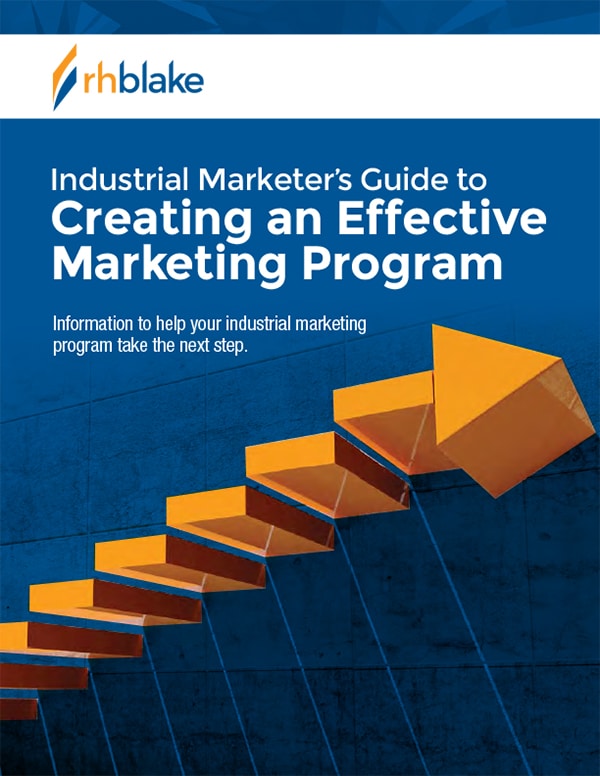
Industrial Marketer’s Guide to Creating an Effective Marketing Program
147 pages of actionable ideas to help you create a winning marketing strategy and program

Industrial Marketer’s Guide to Creating an Effective Marketing Program
147 pages of actionable ideas to help you create a winning marketing strategy and program
Related Clients


